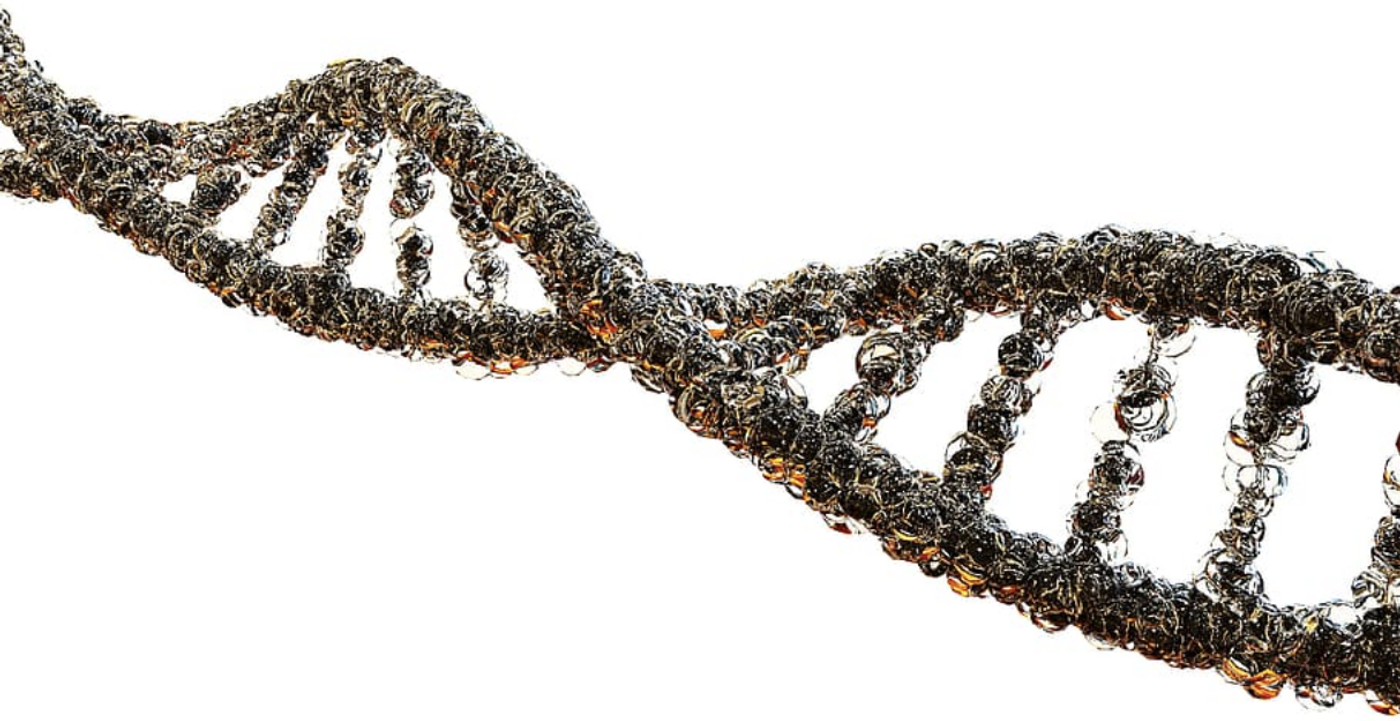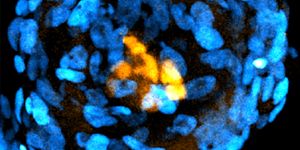Kleefstra Syndrome Reversed in Mouse Model After Birth
Kleefstra syndrome is a rare genetic disease caused by a mutation or deletion in one copy of a gene called EHMT1, which encodes for a protein called GLP. In the disorder, half the normal level of GLP protein is present. The reduction in GLP disrupts its epigenetic function. Since that protein plays a crucial role in brain development, patients have intellectual disability and symptoms that have some similarity to autism. Researchers have now found a way to reverse these symptoms in a mouse model of the disease. The findings have been reported in the open access journal iScience from Cell Press.
“We still don’t know if Kleefstra syndrome is a curable disease after birth or how this epigenetic dysregulation leads to the neurological disorder,” noted senior study author Yoichi Shinkai of the RIKEN Cluster for Pioneering Research (CPR) . This work has helped provide some insight. “Our studies in mice have provided new information about what causes the behavioral abnormalities associated with the syndrome and have shown that a cure is a real possibility in the future.”
In this work, the researchers engineered a mouse model that only carried one functional copy of EHMT1, and recapitulated symptoms seen in patients including less movement, anxiety, a 40 percent reduction in GLP levels, and because GLP plays a role in the regulation of histone H3 lysine 9 dimethylation (H3K9me2), a 30 percent reduction in H3K9me2.
When the investigators artificially stimulated GLP production in adult brain neurons, there was some rescue of H3K9me2 to normal levels, but behavioral symptoms were not relieved. When the GLP production was induced several weeks later in the whole brains of the mice, behavioral symptoms also improved.
The scientists also found that in their mouse model of Kleefstra syndrome, there were more activated microglial cells in the brain, and some inflammatory genes like IL-1β (Il1b) were more active. When Il1b was deactivated in the Kleesftra mice, the levels of microglia returned to normal, but behavioral symptoms were not relieved.
“This means that brain inflammation is only part of the story,” suggested first study author Ayumi Yamada. “To have a complete understanding of the disease, we need to find out what happens in other non-neural cells when we increase GLP.”
This is the first time neuroinflammation has been implicated in Kleefstra syndrome, so these findings still have to be confirmed in people.
Shinkai said other neurological diseases that are caused by epigenetic dysregulation have been connected to disruption in brain inflammation, so it's likely. “Although we don’t yet know if our findings will be applicable to patients with Kleefstra syndrome, we have shown that a cure after birth is possible and believe this will bring hope to patients and their families,” he added.









